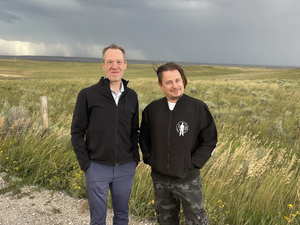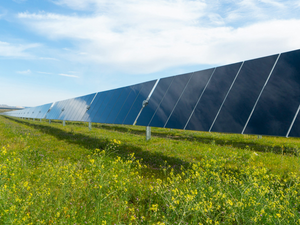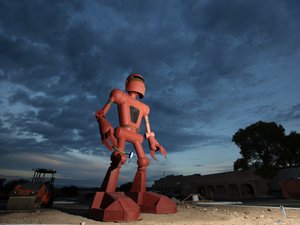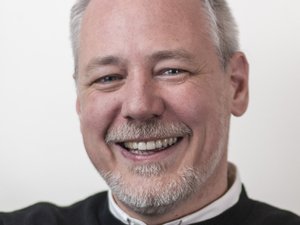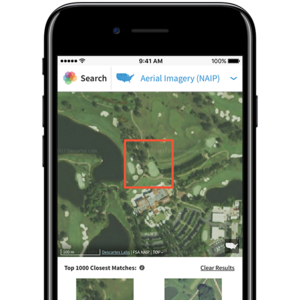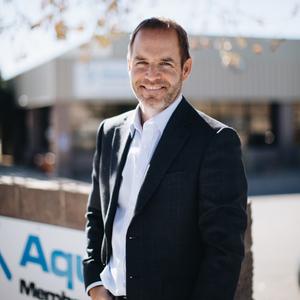
Removing carbon dioxide — one of the most prevalent greenhouse gases — from the Earth's atmosphere is considered a critical component of preventing dangerous levels of global temperature rise. Of the multiple carbon dioxide removal technologies that have cropped up to do just that, one of the most promising is called direct air capture.
Direct air capture (DAC), as its name implies, is the process of directly removing carbon dioxide from the air at the point of the capture system. But implementing DAC has historically been too expensive for wide adoption — between $600 to $1,000 per ton of carbon dioxide, according to a Boston Consulting Group analysis.
The Los Alamos-based startup, which emerged from stealth in early September with $11 million in hand from well-known investors like Khosla Ventures and Page One Ventures, has a technology it thinks can capture carbon much cheaper — under $100 per ton of carbon dioxide removed from the atmosphere, its co-founder and CEO Charles Cadieu, Ph.D., has said.
That low-cost tech is a type of sorbent, shaped in the form of small balls, that passively absorb carbon dioxide using air contractors. The sorbent balls can be reused once the carbon they capture is regenerated through a desorption process, then permanently stored in a process called carbon sequestration.
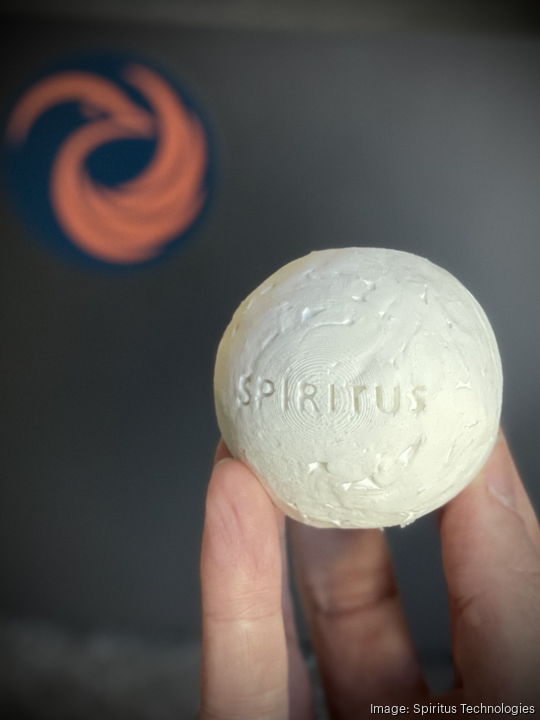
The technology stems from the of work Matt Lee, Ph.D., Spiritus' co-founder and chief technology officer, while at Los Alamos National Laboratory. Lee was a chemical engineer focused on material architecture at the laboratory for around a decade before he left in the summer of 2022 to help launch Spiritus.
Projects Lee worked on while at Los Alamos National Laboratory included fusion energy targets, heat shields for supersonic aircraft and new polymers and composites for the lab's weapons program, he told Albuquerque Business First.
"I had never worked on DAC at all at the lab, but that sort of foundational knowledge of the architecture of materials and design, when we started to talk about it it became clear that there was a spark there," Lee said about early conversations between him and Cadieu.
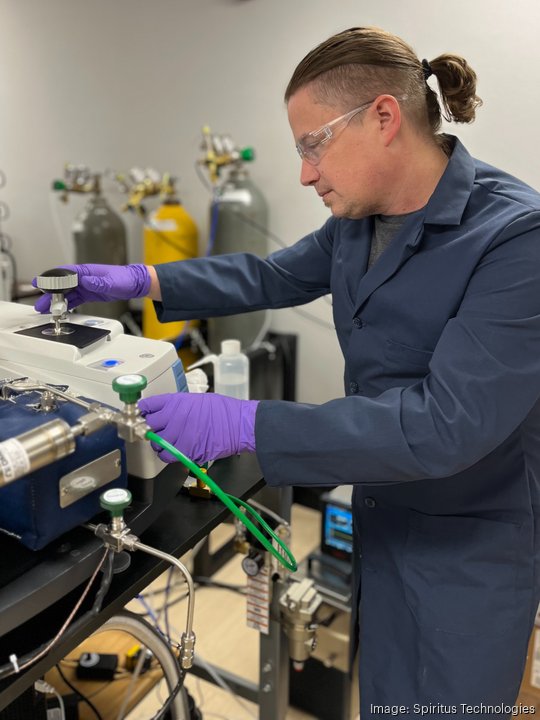
Spiritus' unique DAC technology is the core part of the company's plans to set up what it calls "Carbon Orchard" sites. Those are locations where Spiritus would distribute its sorbent balls to capture carbon dioxide, and then release that carbon into geological storage.
All of the balls — like apples in an orchard — would be recycled and reused on-site, without having to travel to a separate facility for carbon removal and sequestration. The capture, collection and sequestration of carbon dioxide, then, would all happen in one place, which is "quite convenient and is the most economical in our view," Lee said.
The company hasn't disclosed any details on where its first Carbon Orchard site will be, saying only that it'll be "in the Western U.S." But since DAC sites can technically be placed anywhere, what factors does Spiritus consider when selecting a Carbon Orchard site?
Proximity to sources of low-carbon energy, available land and the geology of that land are three key factors, Cadieu said. The latter, he said, is important because of the startup's plan to store carbon geologically.
Geological storage — the process of storing carbon dioxide in geologic formations underground — has a "number of benefits," Cadieu said. It's been around for a long time and comes with a lot of available storage volume. Just within the United States, for instance, he said there's the capacity to store 5,000 years' worth of current carbon dioxide levels.
"That gives you the sink to put the [carbon dioxide] and to store it over time," Cadieu said. "It then becomes entrapped there, so it's very durable."

So, Spiritus wants to establish Carbon Orchards that use the startup's sorbent technology to pull carbon out of the air, release it and then geologically store it, all at one site using low-carbon energy. What's the business model for that unique DAC system, then?
Essentially, Spiritus plans to sell contracts for carbon removal to customers. One of its first deals is with Frontier, a carbon marketplace that, in early September, facilitated $7 million worth of carbon removal purchases from 12 companies — Spiritus included — on behalf of buyers Stripe, Shopify and H&M Group.
And because Spiritus thinks its technology can capture carbon directly at a much lower cost than existing alternatives, Cadieu and Lee see a path toward a strong position in the growing carbon removal market.
"The way we look at it is that we are trying to create the best direct air capture solution to really win the market, which means a very substantial percentage of the overall market here," Cadieu said.
"We have customers already, but of course, as we get more visibility in the space and more customer traction, that will feed on itself, and we're already starting to see that happening in the market," he added. "We're not a group here that's driven by competition. We're a group here that's driven by trying to solve this problem."
Spiritus thinks New Mexico can be a place to continue scaling in order to reach that market position, as well. Cadieu said the startup is "actively investing further" in the state in terms of facilities and hires, but didn't provide any specifics, saying only that there are some "very exciting things coming."
"We see a phenomenal talent pool, an opportunity to grow the company in a number of dimensions, whether it's on the research and development or potentially manufacturing side as well," he said about New Mexico. "And actually also on the carbon removal itself, with the presence of the Permian Basin in the state there, too."
